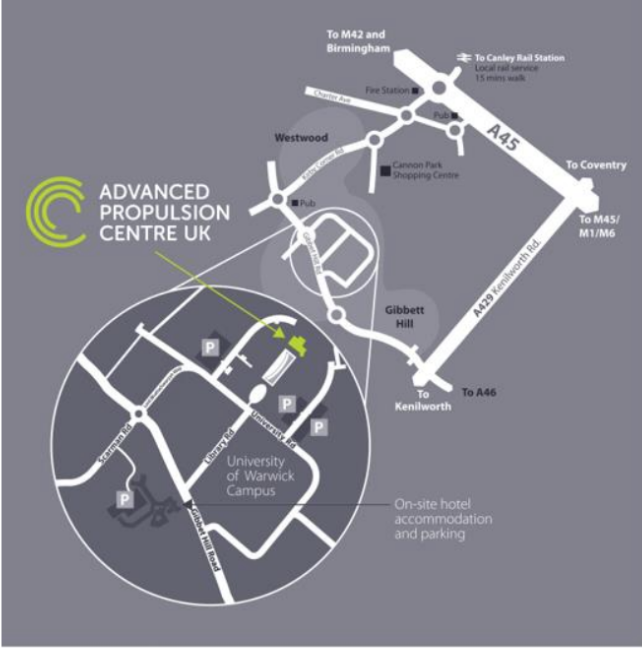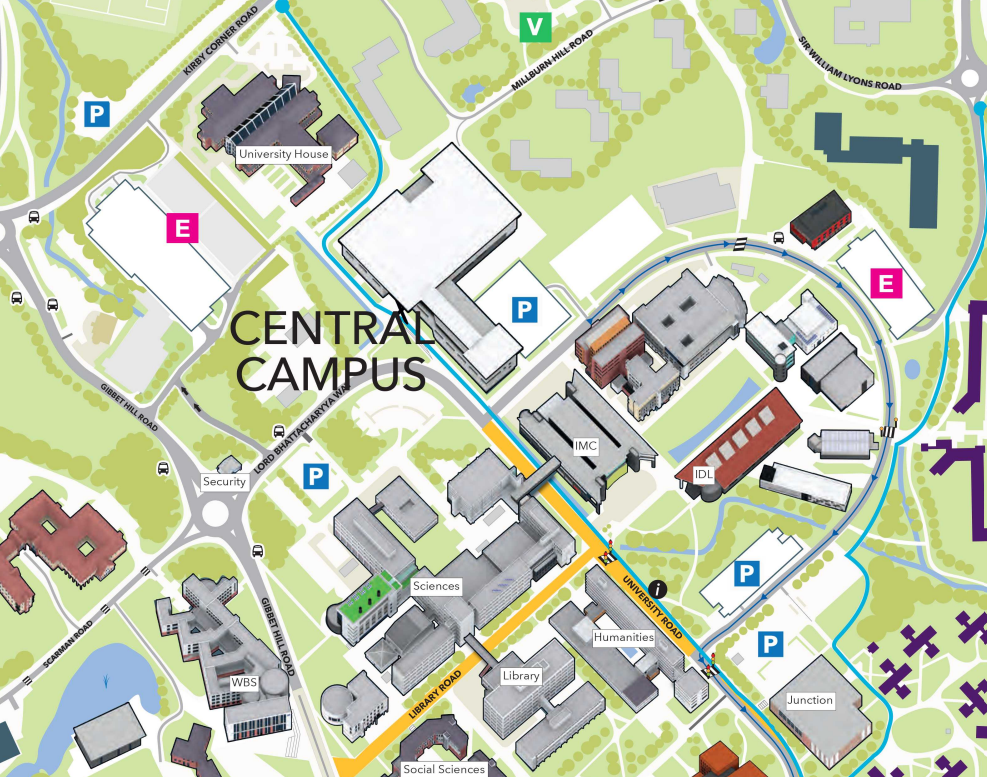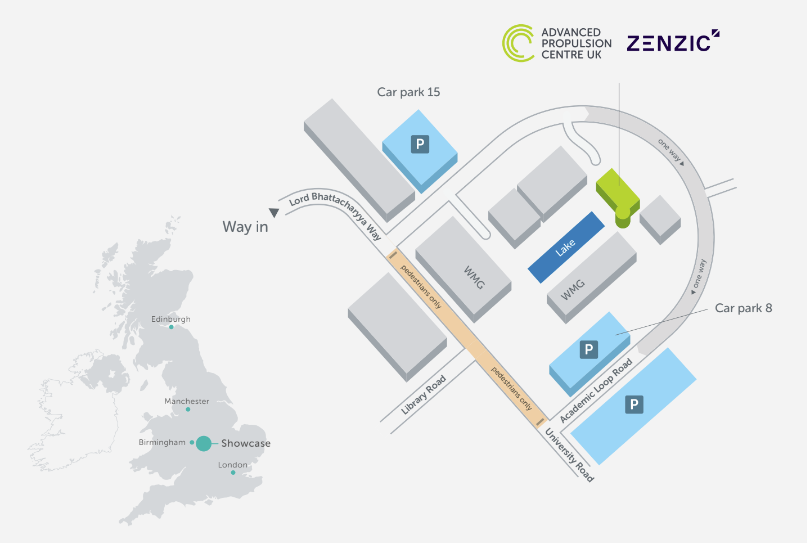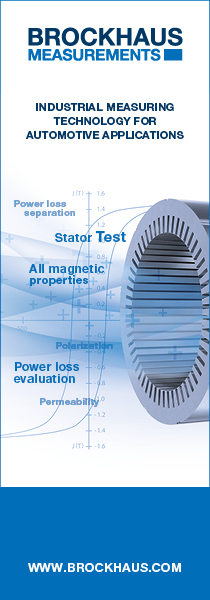Updated 23.4.24
Event Cancelled
If you are speaking or attending this event and you haven’t heard from us, please contact astewart@ukmagsoc.org
Rare earth magnets, essential components in modern technologies such as electric motors and wind turbines, face supply chain complexities and market volatility, leading to their classification as critical materials.
This seminar will give an overview of rare earth magnet supply chains and explore the challenges and opportunities associated with alternative approaches including rare earth free magnets, reduced rare earth magnets, and magnet recycling.
PROGRAMME
The event will run from 09:00-17:00 (UK time) and will include talks and a tour.
VENUE
Advanced Propulsion Centre UK (APC)
IIPSI Building, University Road,
Coventry,
CV4 7AL
ACCOMMODATION
The closest accommodation is on the University of Warwick campus.
Warwick Conferences Accommodation
However, if they are fully booked, there are also options as follows:
Hotel Indigo, Coventry – Close to Coventry Train Station
Premier Inn, Coventry South – Along the A45
Holiday Inn, Kenilworth – Short drive off the A46
TRAVEL
Interactive University Campus Map
By Car
The venue postcode (CV4 7AL) with take you within the general central campus area so please check the map to know where to go to park.
Car parking
The car park is chargeable and the costs can be seen on the webpage here.
If arriving via the A46 then car parks 15 and 8 (multi storey) provide the quickest campus access from Gibbet Hill Road.
If arriving via the A45 then Lynchgate car park has the quickest campus access. Note you cannot access Lynchgate car park from Gibbet Hill Road/Central Campus. To access this car park postcodes CV4 7EZ or CV4 7JL will get you close to the area. You will need to go straight over on the roundabout by Tesco Petrol station to access this car park.
By Train
The mainline train station is Coventry and is 4 miles from the venue and can be reached by London (Euston) and Birmingham. However, if you are travelling locally, you may find the nearer, but less frequently served Canley Rail station or Tile Hill Rail Station more convenient.
From Coventry train station, there are frequent local bus services to the University.
By Taxi
The University sits on the border between the areas management by Coventry city Council and Warwickshire District Council running down Gibbet Hill Road. This will affect how you will be charged for your journey. The University’s taxi rank in the Bus Interchange in on the Coventry side of campus so any journey from there to Warwickshire will be cross border.
Journeys that cross the border:
If you’re picked up in one county and dropped off in another, the driver has no obligation to use the meter. Make sure you agree a price with the driver before setting off.
Journeys in the same county:
If you’re picked up and dropped off in the same county, the driver is legally obliged to charge you using the meter. Make sure they’re doing this before you agree to the journey.
Private hire and Uber:
None of the border issues apply to private hire cabs or taxis booked via Uber.
DIETARY REQUIREMENTS
Please let us know as soon as possible if you have any dietary requirements we need to be aware of.
DRESS CODE
The dress code for the event is business attire / smart casual.
CONTINUING CONTACT / GDPR
Please note, by providing contact details during registration, you authorise us to
- use these contact details to let you know details of this event,
- pass on your contact details to APC who will register you onto ProVisit to create your badges and
- add your contact details to our contact database to let you know about future events that may be of interest.
Please let us know at enquiries@ukmagsoc.org at any time if you do not wish to be contacted in this way. Also, we can remove you from our contact schedule at any point in the future.
PHOTOGRAPHY
We will also be taking photos at the event. If you do not wish to have your photo taken during the event, please contact events@ukmagsoc.org
We thank our sponsors








